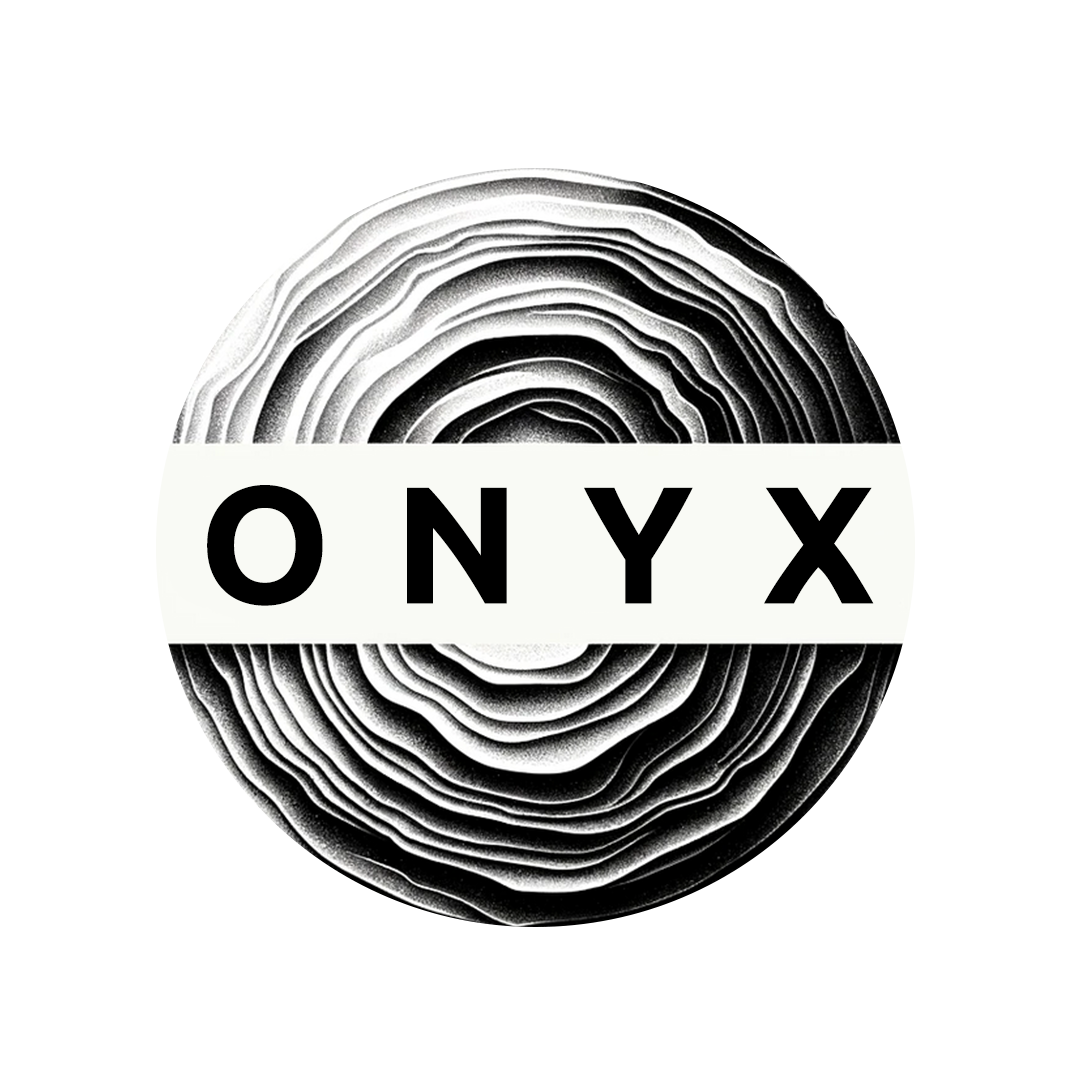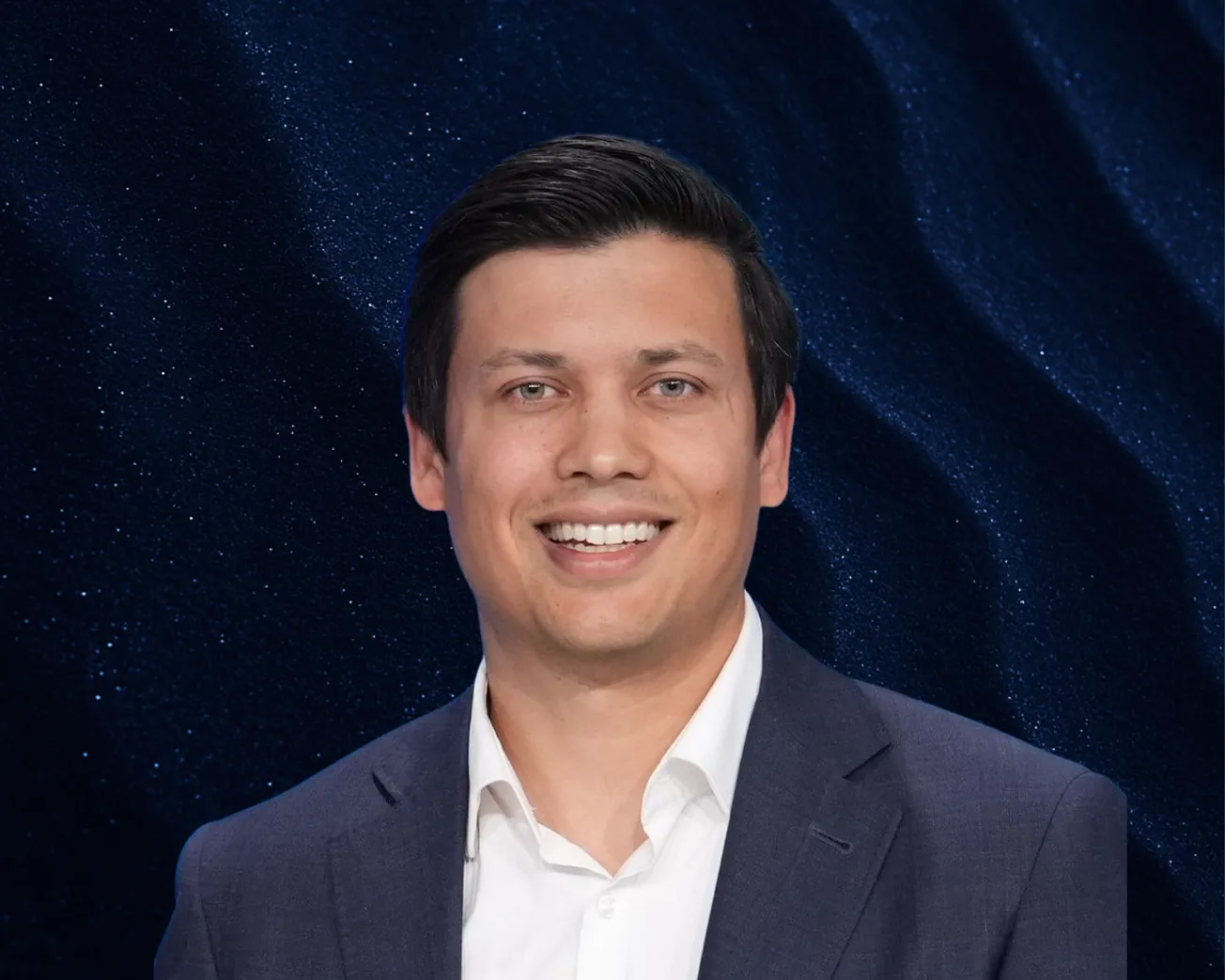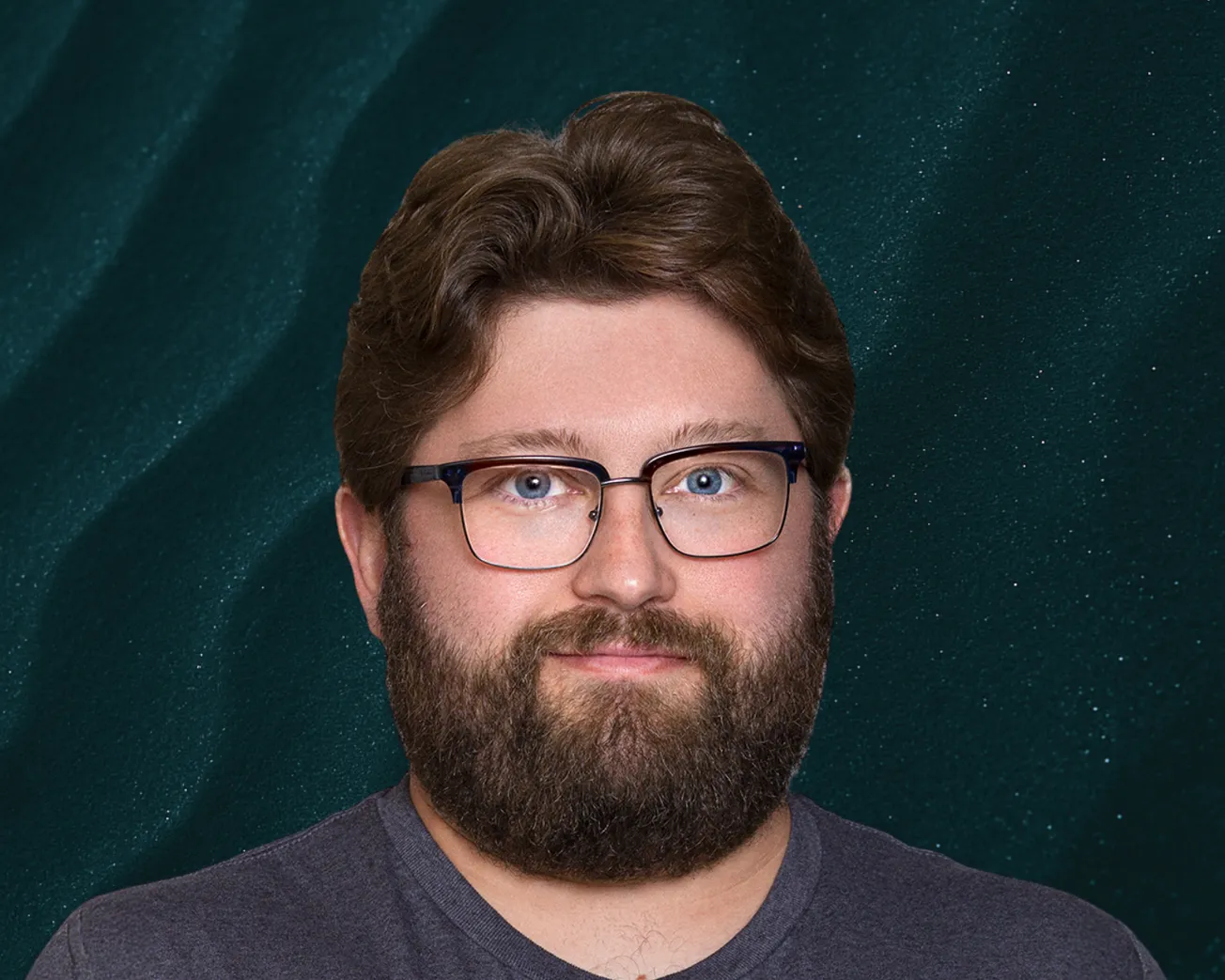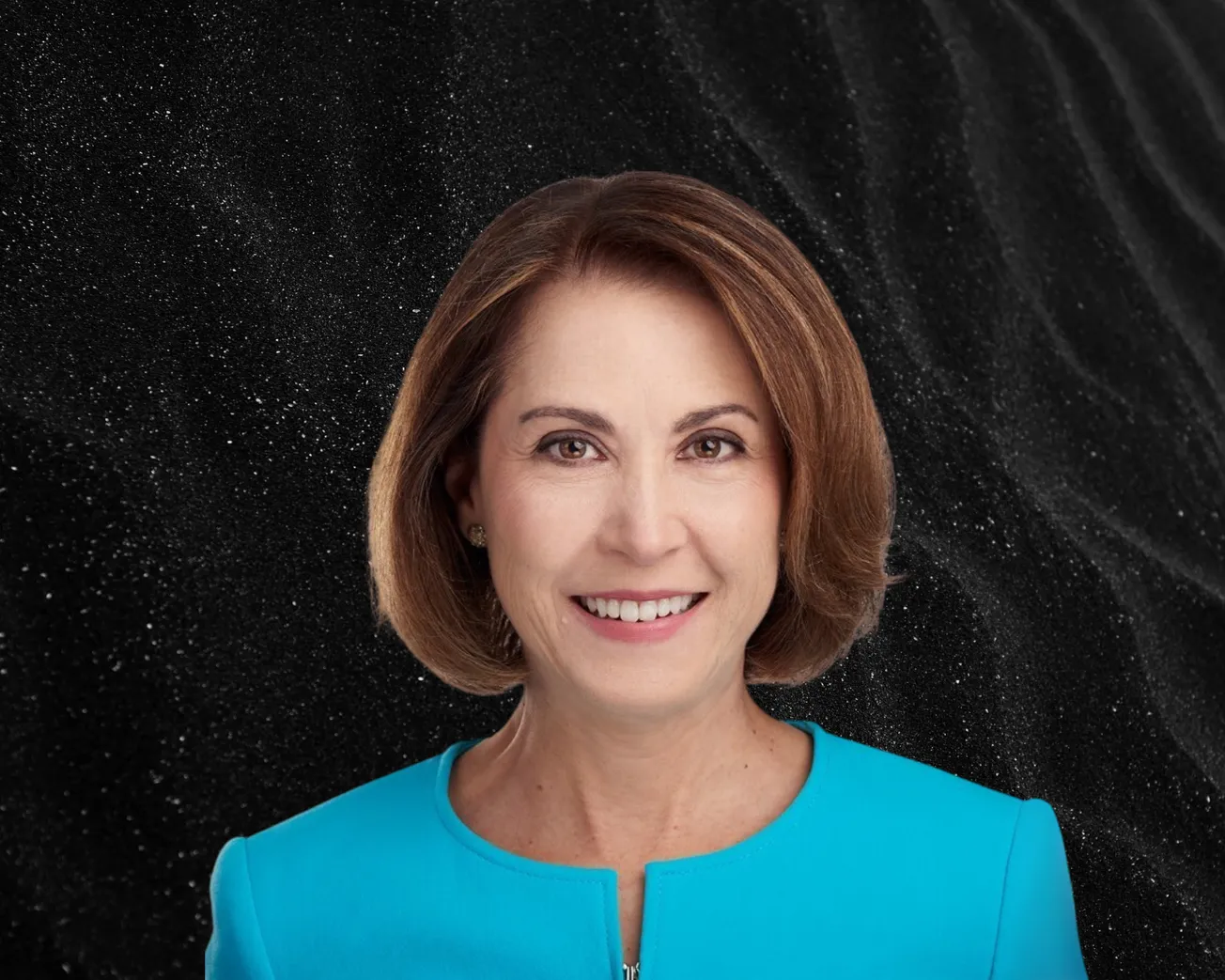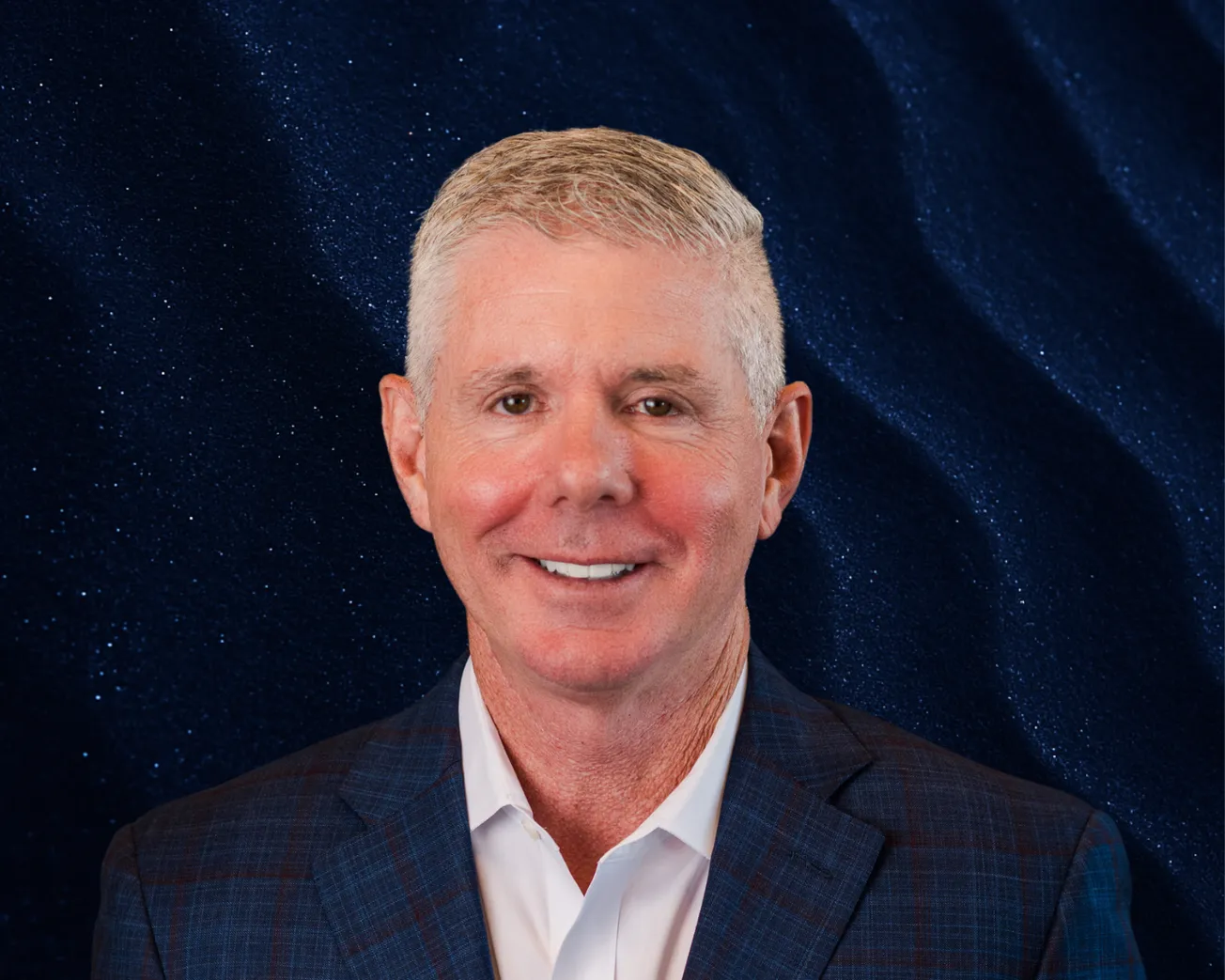Table of Contents
Dr. Raj DasGupta, CEO of Electrovaya, sat down with Onyx for a feature-length interview.
Could you start by giving our readers a bit of background into your career journey and what led you to be CEO of Electrovaya?
So, I did my undergrad at Imperial College, and that was a big change for me because I grew up in Canada, for the most part. At the time, most of my relatives went to university in the UK - my sister was at Oxford - so it wasn’t too much of a stretch.
In school, I was fairly all-rounded and had thoughts of becoming a lawyer, actually. But I was lucky to get a placement at MIT for summer research. That was a big turning point! Getting into research is very different from being in the classroom. We were making solid-state lithium-ion cells in the lab back in 2003, and they worked, just not too well. But making batteries was fun. I really enjoyed it!
I knew something about batteries beforehand because my father and a close family friend had started a company called Electrovaya - of which I’m CEO today. So, I was somewhat familiar with batteries, but being at MIT and making solid-state lithium-ion cells was extremely exciting.
After that, I applied to grad school - MIT, Cambridge, Imperial - and I chose MIT. My professor was great, but the project that got funded wasn’t batteries. It was about making oxygen out of moon rock. I’m not joking - this was a NASA-funded project where you break down the rock in a molten salt process, separate out the oxygen and iron, and the idea was that you’d launch spacecraft from the Moon, in order to go deeper into space. It sounds like science fiction, but there are some elements that make sense.
Anyway, I was working on it, but I worried that it wasn’t going to lead me to where I wanted to go. As a result, I moved my research back to the University of Cambridge and that’s where I finished my PhD. It was in using an electrochemical process to make tin-filled carbon nanotubes for lithium-ion battery anodes - which is a very relevant topic today, with all the interest in silicon anodes.
From there, how did you come back into the industry?
I finished my PhD at the end of 2008, but I wasn’t sure what I wanted to do. Everyone was applying to management consultancies, and I did the same and got a position. But then, the market was collapsing, and my mother asked me to come home - she was unwell at the time. So, I came back to Canada and joined Electrovaya.
Initially, I was in R&D, but, as you get into industry, you have to sell what you’re doing. So, I moved into a combination of engineering and research, with a sales element. Developing products and finding ways to get that funded.
That training was incredibly helpful. I developed Electrovaya’s energy storage solutions, got our initial contracts, and have, since 2009, worked in the business.
At that time, the company was focused on automotives, right?
Yes. So, rewind to that era - Obama had just been elected. Electric cars were one of the big things that were being pushed. Electrovaya was in the running. We partnered with Chrysler, and, later, with Daimler for their electric Smart car program.
Through that partnership, and an acquisition of a German battery group, we found that we had this ceramic separator membrane. It wasn’t very manufacturable - but, between 2015 and 2017, we improved it significantly. What this material did was that it made lithium-ion cells much safer.
We had seen firsthand that lithium-ion batteries have an inherent safety risk. There’s a lot of energy in a small space. Things can go wrong. In a lithium-ion battery, you have a polymer separator between your cathode and anode. At about 105 to 110 degrees Celsius, that separator shrinks and loses dimensional stability - and then you get a full short circuit. You get fire, then the neighboring cell catches fire, and it turns into a cascading runaway effect - which is partly why lithium-ion battery fires are so difficult to stop.
So, we came up with a ceramic separator that doesn’t shrink. That was a breakthrough in safety. But, in automotive, safety alone wasn’t enough. Tesla went with off-the-shelf batteries. Daimler was going after lower-cost cells. So, by 2017, we exited the automotive business.
The company was in dire straits around that time. But we still had this tech - a safer lithium-ion battery. So, we asked, who really needs safer batteries?
That’s when you pivoted into industrial applications?
Right! What we found was that we could also reduce the parasitic reactions inside the cell. In a typical lithium-ion battery, those reactions cause gradual capacity degradation - you’ve seen it with your phone. When it’s new, it will have great battery life. After two years, it loses 20% or more. Once you hit 80% capacity, it degrades even faster.
But, by leveraging the high stability of the ceramic, incorporating a unique electrolyte, and making changes to the process, we enhanced the cycle life by a factor of four. Utilizing essentially the same core chemistry as a platform - but by incorporating our technology, allowed four times the life!
That’s when we said: let’s find an application where safety and cycle life really matter. We weren’t going back to cars. As luck would have it, we came across an opportunity with Walmart Canada.
Forklifts, right?
Exactly, inside those massive distribution centers - like Walmart’s or Tesco’s - there are fleets of electric forklifts moving food and goods around 24/7.
Walmart had, say, 150 forklifts in a typical distribution center. Each one had three lead-acid batteries - one in use, one charging, one cooling. Every shift, they’d manually swap 2,000-pound (900kg) batteries. It’s dangerous, inefficient, and space-consuming.
So, we said, “Hey, we’ve got this battery tech - we’ll make it for forklifts.” We worked fast at customizing a system for their vehicles. They tested it in Canada and the US - it worked. They took a risk with us and gave us a contract for a whole site.
That changed the game! One battery per vehicle instead of three. We even reduced the number of chargers by 50%. That freed up space, improved efficiency, and the ROI was almost instantaneous. For companies like Walmart, Amazon and Tesco, they’re in the business of moving goods. The faster and more efficiently they do that, the better.
And that opened doors with the OEMs?
It did, OEMs started to take notice. We developed a relationship with Raymond Corporation - part of Toyota - and formalized it in 2020. That led to our first project with Home Depot. From there, it just accelerated.
Today, our largest customer isn’t Walmart anymore - it’s a Fortune 100 competitor! We power over 50 of their warehouses in three countries. That part of the business has grown substantially.
From there, I became head of operations, and, in 2022, the CEO - taking over from my father. At that point, we had about $10 to $15 million in revenue. We executed hard, building up supply chains and developing manufacturing partnerships in Japan and China. By 2023, we were at $44 million. We listed on NASDAQ and have now had eight straight quarters of positive EBITDA - our first net profit was last quarter.
Are you looking beyond material handling now?
Definitely! Once you build some success, you can build more. We’ve doubled our engineering team. We’re developing products for sectors that need both safety and cycle life.
Think of robotics, where there’s no human, so the longer the battery lasts, the better. Think defense, where safety and performance are critical. Construction, mining, heavy-duty trucks... And, more recently, we’ve seen real interest in energy storage.
But, again, we’re not chasing commoditized markets. We want applications where this technology really moves the needle.
When you’re talking to Fortune 100 clients - what are they looking for?
They get inundated with people reaching out. So, you have to build credibility incrementally. You have to prove something and get a little acknowledgment of success beforehand. Above all, you have to have something that’s differentiated - not just the same old tech.
These companies have smart people. That’s why they’re successful. They’ve got engineering teams who are dedicated to optimizing operations. When we come in, with real performance advantages in safety, longevity and cost savings, they take notice.
What does net zero mean to you - and where does Electrovaya fit in?
I think it’s a phrase that’s used a little too flippantly. But it’s incredibly important too! I’ve got two kids, and, in Toronto, the smog alerts that we used to get from cars have been replaced by forest fire smoke. That’s climate change.
We must reverse this damage. Electrification is part of that - not just for the environment, but because it makes vehicles better. Tesla proved that. I bought a Nissan Leaf when it came out - a terrible car with poor range and ugly - but I bought it for environmental reasons. Tesla made EVs cool.
Now, electrification is happening across the board. The construction and mining sectors use huge diesel vehicles in remote sites. If you electrify them, you save money and help the environment. But it’s hard. That’s where our tech comes in.
It’s not just about vehicles, though. It’s about how we generate electricity. Now, renewables are cheaper, and faster, to deploy than coal or gas. Nuclear is coming back. So, once you clean up the electrons and electrify the things that move - you’ve made a big step toward net zero.
How do you measure your environmental impact?
Our batteries are in vehicles that move all day - not in parked cars. So, the greenhouse gas impact per kilowatt-hour is incredibly high. We’re proud to be doing our part in that global fight.
Finally, what advice would you give to someone entering the battery sector?
The battery space is full of dead bodies. It’s incredibly difficult. Entire countries - China, South Korea - are pouring in government money and playing the long game.
So don’t try to compete on scale. Find a niche. Come up with a competitive advantage that’s clear for a specific use case. That’s how we survived.
One last thought - do you think your valuation will catch up?
I think so. We’re in a small Venn diagram - battery companies that have crossed the chasm into profitability, have exciting tech, and a very good future. The market hasn’t caught up yet - but it will.
Also, this whole movement around domestic supply - it’s real. Whether it’s the US under Biden or Trump, or Europe, or the UK - people woke up during the pandemic. You’ve got to manufacture some important things domestically, or you’re in deep trouble. As a domestic supplier of very interesting battery technology - with Canadian operations and currently building a large plant in upstate New York - in the long run, that’s going to help us.
